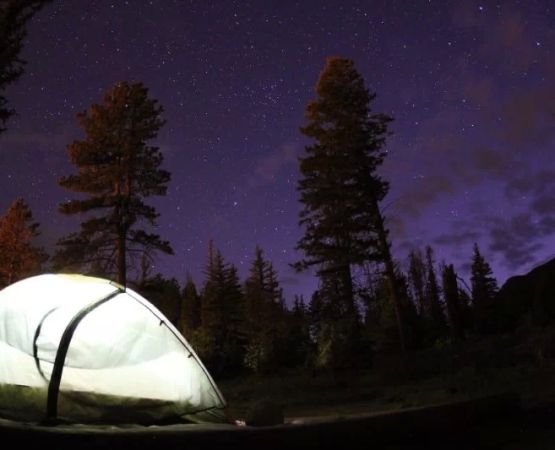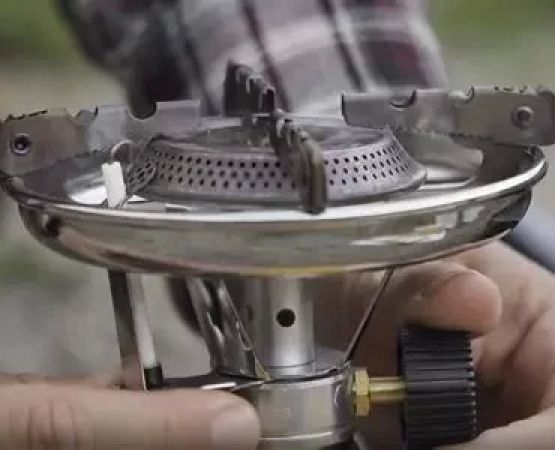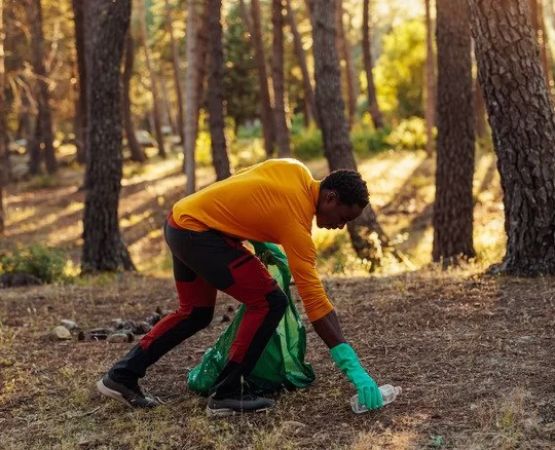How to Choose the Right Footwear for Camping
When you're gearing up for a camping adventure, selecting the right footwear is essential for comfort, safety, and overall enjoyment. I've learned from my own experiences how the wrong pair of shoes can lead to blisters, discomfort, or worse, accidents on the trail. Whether you're hiking through rugged terrain, crossing streams, or simply walking around camp, the right shoes can make all the difference. In this article, I'll share tips on how to choose the best footwear for camping, ensuring that your feet stay happy throughout your outdoor journey.
1. Understanding the Types of Footwear Needed for Camping
When you think of camping, you might immediately envision boots or sneakers, but in reality, different camping activities require different types of footwear. It’s important to choose footwear based on the type of camping you'll be doing. Let me break down the different types of footwear and when to use them:
- Hiking Boots: Ideal for long-distance hiking and rough terrain. Hiking boots offer ankle support, traction, and durability, making them a great option for mountainous or rocky trails. In my experience, they are invaluable for multi-day hikes, especially in areas where the ground can be uneven or slippery.
- Trail Shoes: Lighter than hiking boots, trail shoes are great for shorter hikes and provide good flexibility. They’re perfect for well-maintained paths and can be used in warmer weather.
- Sandals: Sandals with sturdy soles are useful for around-camp wear or for crossing streams. They are not meant for long-distance hiking but can be comfortable when you need to let your feet breathe.
- Waterproof Footwear: If you plan to be near water or hike through streams, waterproof footwear is essential. Boots or shoes with waterproof membranes like Gore-Tex keep your feet dry, which is crucial in preventing blisters.
- Camp Shoes: After a long day of hiking, you’ll want something comfortable for camp. Lightweight camp shoes like slip-ons or sandals can give your feet a break.
2. Why Comfort Should Be Your Top Priority
When selecting camping footwear, comfort should always come first. I’ve learned this the hard way by wearing shoes that weren’t properly fitted, resulting in painful blisters and fatigue. The right fit can make a world of difference. You want shoes that fit snugly but aren’t too tight, with enough space for your toes to move freely.
Here are a few tips to ensure comfort:
- Proper Sizing: Always try on your shoes or boots before buying, especially if you’re shopping for a new pair. Feet can swell throughout the day, so it’s best to try them on in the afternoon or after a walk.
- Cushioning: Look for shoes with cushioning that suits your needs. If you’re hiking on tough terrain, you might prefer boots with thicker soles, while if you’re walking short distances, a more flexible shoe might be better.
- Support: Footwear with good arch support can prevent fatigue and pain. If you have flat feet or overpronate, consider insoles that offer additional support for a more comfortable fit.
3. Consider the Weather and Terrain
The type of weather and terrain you’ll be hiking in should strongly influence your choice of footwear. If you’re heading into the wilderness during the summer, lightweight shoes or breathable trail shoes might be all you need. However, if you’re hiking in the winter or rainy conditions, waterproof boots with insulation are necessary to keep your feet warm and dry.
Consider these factors:
- Cold Weather: For winter camping, look for insulated boots with waterproofing. Boots with a thick, non-slip sole will also help you navigate snowy or icy conditions.
- Rainy or Wet Conditions: Waterproof shoes or boots with a good drainage system are essential when you’re hiking in wet environments. I remember getting caught in a rainstorm once without waterproof shoes, and my feet were drenched for hours, which was uncomfortable and dangerous.
- Hot and Dry Conditions: If you’re camping in a dry, warm climate, opt for breathable footwear to avoid overheating. Trail shoes with mesh uppers are ideal for keeping your feet cool and comfortable.
4. The Importance of Durability
Camping can be tough on footwear, and you want shoes that can stand up to the elements. I’ve made the mistake of choosing cheaper footwear that didn’t hold up well on rough trails, leading to discomfort and the need to replace shoes mid-trip. Durable footwear is crucial for ensuring your shoes last through various weather conditions, terrains, and prolonged use.
When looking for durable footwear:
- Material Quality: Look for shoes made from high-quality materials such as leather or reinforced synthetic fabrics. These materials last longer and perform better in challenging conditions.
- Rubber Soles: A sturdy rubber sole is essential for grip and longevity. Rubber is naturally resistant to wear and tear, and it provides traction on both wet and dry surfaces.
- Brand Reputation: Sometimes, investing in a reputable outdoor footwear brand can save you money in the long run, as these brands often prioritize durability and performance over cheap alternatives.
5. Choosing the Right Footwear for Different Activities
Different camping activities call for different types of footwear. Whether you’re hiking, canoeing, or simply walking around camp, your footwear needs may change. Here are some specific scenarios to consider:
- Hiking: For long hikes, you need durable and supportive shoes. Hiking boots with good ankle support and a solid sole are necessary for tackling rugged trails.
- Stream Crossing: If you know you’ll be crossing streams, water shoes or sandals with good drainage are essential to avoid soggy shoes and blisters.
- Canoeing or Water Activities: For water activities, opt for quick-drying shoes or water shoes that offer grip on wet surfaces.
- Camping: After a long hike, comfort becomes key. A pair of camp shoes that are easy to slip on and off will help you relax and rest your feet.
6. The Role of Socks in Footwear Comfort
What you wear on your feet underneath your shoes is just as important as the shoes themselves. High-quality socks can significantly improve comfort and help prevent blisters. During my own camping trips, I learned that wool socks were much better than cotton, as they wick away moisture and provide cushioning. Choosing the right socks can make a huge difference in foot comfort during your camping adventures.
Consider these sock tips:
- Material: Wool or synthetic socks are ideal for camping because they wick moisture away from your feet and dry quickly. Avoid cotton, which can trap moisture and lead to blisters.
- Fit: Make sure your socks fit snugly, without being too tight. Loose socks can cause rubbing, which leads to blisters.
- Thickness: Choose socks based on the weather and your activity level. For winter camping, thicker socks with insulation will keep your feet warm, while lighter socks are better for warmer conditions.






